Pomegranates, with their burst of ruby-red arils and unique blend of sweetness and tartness, have enchanted taste buds for centuries. While often celebrated by humans for their health benefits and delectable flavor, pomegranates also hold a special allure for certain members of the animal kingdom. Surprisingly, a variety of creatures find these jewel-like seeds irresistible, showcasing an unexpected gastronomic appreciation for this nutritious fruit.
In this article, we embark on a delightful journey into the world of animals that eat pomegranates. From the nimble squirrel to the magnificent elephant, we unveil the intriguing array of species that indulge in this vibrant fruit, exploring the reasons behind their fondness and the possible ecological roles they play. Join us as we unravel the secrets of these pomegranate aficionados, shedding light on their dietary habits and the fascinating coexistence of these animals with the luscious offerings of the pomegranate tree.
Table of Contents
Overview of Pomegranates as a Popular Fruit:
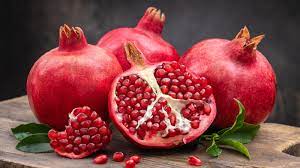
Pomegranates (Punica granatum) are revered globally not only for their exquisite taste but also for their rich cultural and historical significance. Originating from the Middle East, pomegranates have been cultivated for millennia and are deeply rooted in various cultures, symbolizing fertility, abundance, and prosperity. The fruit’s outer appearance, resembling a crown, is a harbinger of the treasure concealed within—the glistening, jewel-like arils encasing edible seeds.
The sweet and tangy flavor of pomegranate arils has made them a staple in numerous cuisines, beverages, salads, and desserts. Beyond its culinary applications, pomegranates are hailed for their potential health benefits, known to be a potent source of antioxidants, vitamins, and minerals. Its reputation as a superfood has further propelled its popularity, making pomegranates a sought-after fruit enjoyed by many around the world.
Pomegranates: A Nutritional Delight:
Pomegranates are a nutritional powerhouse, celebrated for their remarkable health benefits. The vibrant arils are packed with antioxidants, particularly punicalagin, and anthocyanins, which combat free radicals and help reduce oxidative stress. These antioxidants may contribute to improved heart health, reduced inflammation, and potentially lower the risk of chronic diseases.
Pomegranates are also a rich source of vitamin C, essential for a strong immune system, and vitamin K, vital for bone health and blood clotting. The fruit’s seeds, consumed either fresh or pressed into juice, contain fiber, promoting digestive health. Moreover, pomegranates have been associated with potential anticancer properties, making them an enticing choice for those seeking to embrace a health-conscious diet.
Pigeons and Doves:
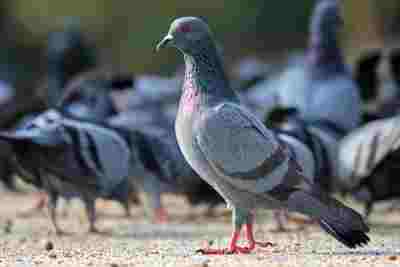
Pigeons and doves, belonging to the family Columbidae, occasionally indulge in pomegranates. The alluring sweetness of pomegranate seeds attracts them, especially when these fruits are available in urban or suburban areas. Pigeons, being opportunistic feeders, peck at fallen or exposed pomegranates to extract the succulent seeds. While pomegranates aren’t a primary part of their diet, these birds display an adaptable palate and enjoy the occasional treat of this nutritious fruit. The seeds’ soft texture and sweet-tart flavor make pomegranates a delightful addition to their dietary choices.
Thrushes:
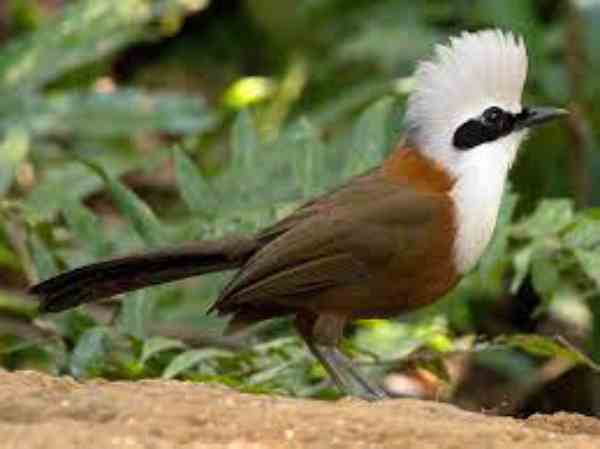
Thrushes, known for their melodious songs and diverse species like robins and fieldfares, have been observed to feed on pomegranates. The berries’ abundance of juicy arils makes them an attractive food source. Thrushes play a vital role in seed dispersal, and while feasting on pomegranates, they inadvertently aid in spreading seeds, contributing to plant growth and regeneration in various ecosystems.
Parrots:

Parrots, renowned for their intelligence and vibrant plumage, occasionally enjoy pomegranates as part of their diverse diet. The seeds’ crunchy texture and sweet-tart taste appeal to them, providing a source of essential nutrients and hydration. Pomegranates offer a delightful foraging experience for parrots, stimulating both their physical and mental faculties. While not a staple food, pomegranates are a delightful treat that highlights the varied and adaptable feeding behaviors of these intelligent avian companions.
Squirrels:
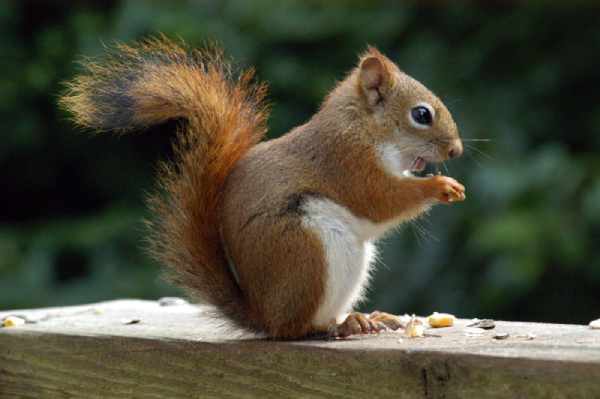
Squirrels, with their ever-growing incisors and versatile diets, are known to nibble on pomegranates. They find the seeds’ taste and texture appealing, and when pomegranates are available, these agile foragers skillfully extract the seeds for consumption. Squirrels’ occasional indulgence in pomegranates demonstrates their adaptability to various food sources, underlining their opportunistic feeding behavior.
Monkeys:
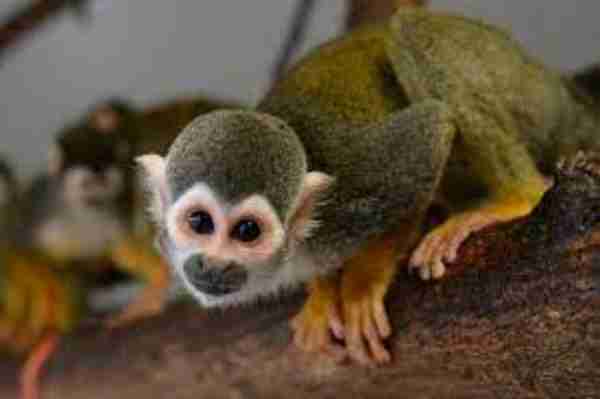
Monkeys, displaying a wide range of dietary habits based on their species and habitat, have been observed to consume pomegranates when available. The sweet and nutritious arils are enticing to monkeys, showcasing their ability to adapt to and appreciate a diverse array of food sources in their environment. While not a primary part of their diet, monkeys relish the occasional consumption of pomegranates, providing them with additional nutrients and dietary variety.
Deer:

Deer, primarily herbivores known for their grazing habits, may consume fallen or accessible pomegranates, especially in regions where these fruits are cultivated. The enticing sweetness of the arils appeals to deer, offering a nutritious snack. While pomegranates are not a significant component of their natural diet, deer’s occasional consumption emphasizes their adaptability to a variety of available food sources.
Bees:
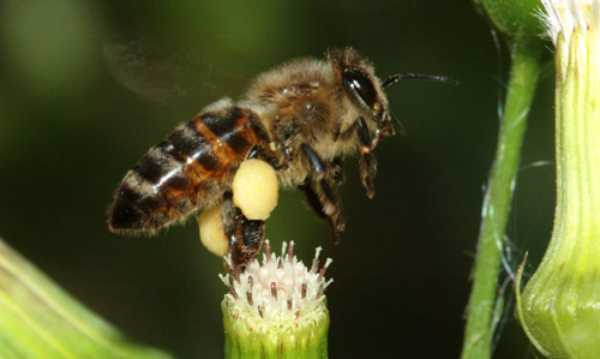
Bees, crucial pollinators in ecosystems, are not known to consume pomegranates. Their main focus is on nectar collection for honey production and pollen gathering to feed their young. Pomegranate flowers, however, play a vital role in attracting bees for pollination, ensuring the fruit’s development and seed production.
Ants:
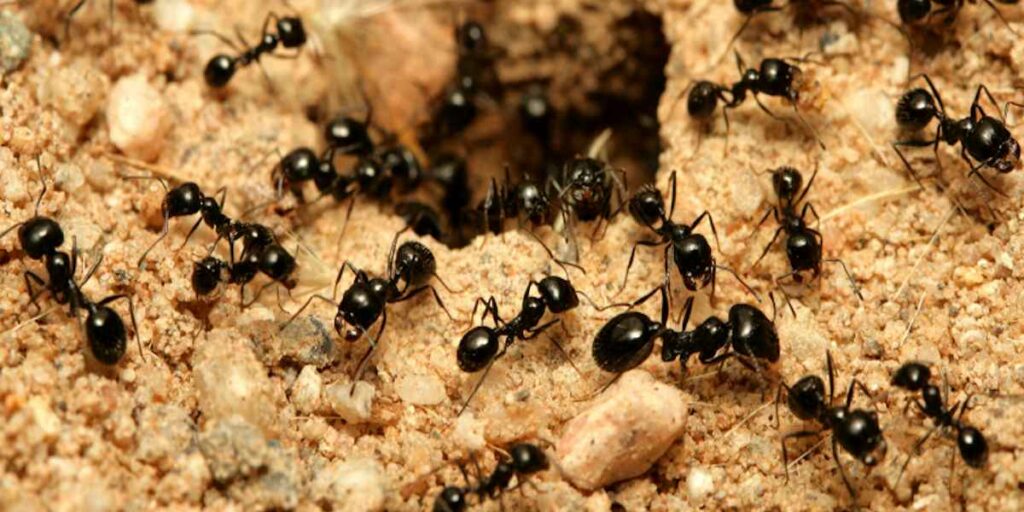
Ants, primarily scavengers and foragers, do not typically consume pomegranates. Their diet primarily consists of other insects, nectar, seeds, and plant matter. While they may scavenge around pomegranates for fallen seeds or arils, these fruits are not a significant part of their diet.
Turtles:

Turtles, both aquatic and terrestrial, do not typically consume pomegranates. Their diets vary based on species and habitat, primarily consisting of aquatic plants, insects, and small animals. Pomegranates are not a natural part of their diet in the wild.
Frogs:

Frogs, being insectivores and carnivores, do not consume pomegranates. Their diet mainly comprises insects, spiders, worms, and other small invertebrates. Pomegranates are not a part of their natural food sources.
Environmental Impact and Seed Dispersal:
In the natural world, pomegranates play a crucial role in environmental sustainability and seed dispersal. Animals, both large and small, feast on the arils, inadvertently aiding in the dispersal of the seeds. Birds, like doves and various songbirds, are known to consume pomegranate arils and disperse the seeds in their droppings, aiding in the fruit’s propagation across diverse habitats.
This symbiotic relationship illustrates the intricate interdependence between pomegranates and the animal kingdom, showcasing how these fruits contribute to the cycle of life and environmental diversity. Furthermore, cultivating pomegranates in agroforestry systems can provide ecological benefits, improving soil health, and water retention, and fostering biodiversity. Understanding the ecological significance of pomegranates helps us appreciate not only their nutritional value but also their contributions to the ecosystem.
Final Words:
Pomegranates, with their alluring taste, historical importance, and potential health advantages, epitomize the perfect blend of flavor and nutrition. As we savor the sweet and tangy arils, it’s a reminder of the fruitful journey this ancient fruit has made through time, cultures, and traditions.
Beyond its cultural and culinary significance, pomegranates have positioned themselves as a symbol of well-being and vitality, inviting us to partake in their nutritional benefits. Additionally, recognizing the environmental impact and role in seed dispersal underscores their significance in the natural world. Pomegranates beckon us to celebrate not only their deliciousness but also their remarkable contributions to both our health and the ecosystems they are a part of.
Reference:
- https://www.southernliving.com/culture/pets/can-dogs-eat-pomegranate
- https://www.medicalnewstoday.com/articles/318384
- http://www.isamurats.co.uk/vegetables-and-fruits.htm

Jeevan Kodiyan
An animal enthusiast with an interest in zoology, studying the behavior and activities of animals in the wild habitat. I work on research projects related to species conservation and endangered species protection. I also leverage zoology to become an educator, educating others about the importance of protecting our natural environment and the beauty of animals in their natural habitats.









